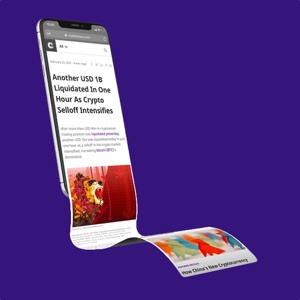What is the Metaverse?
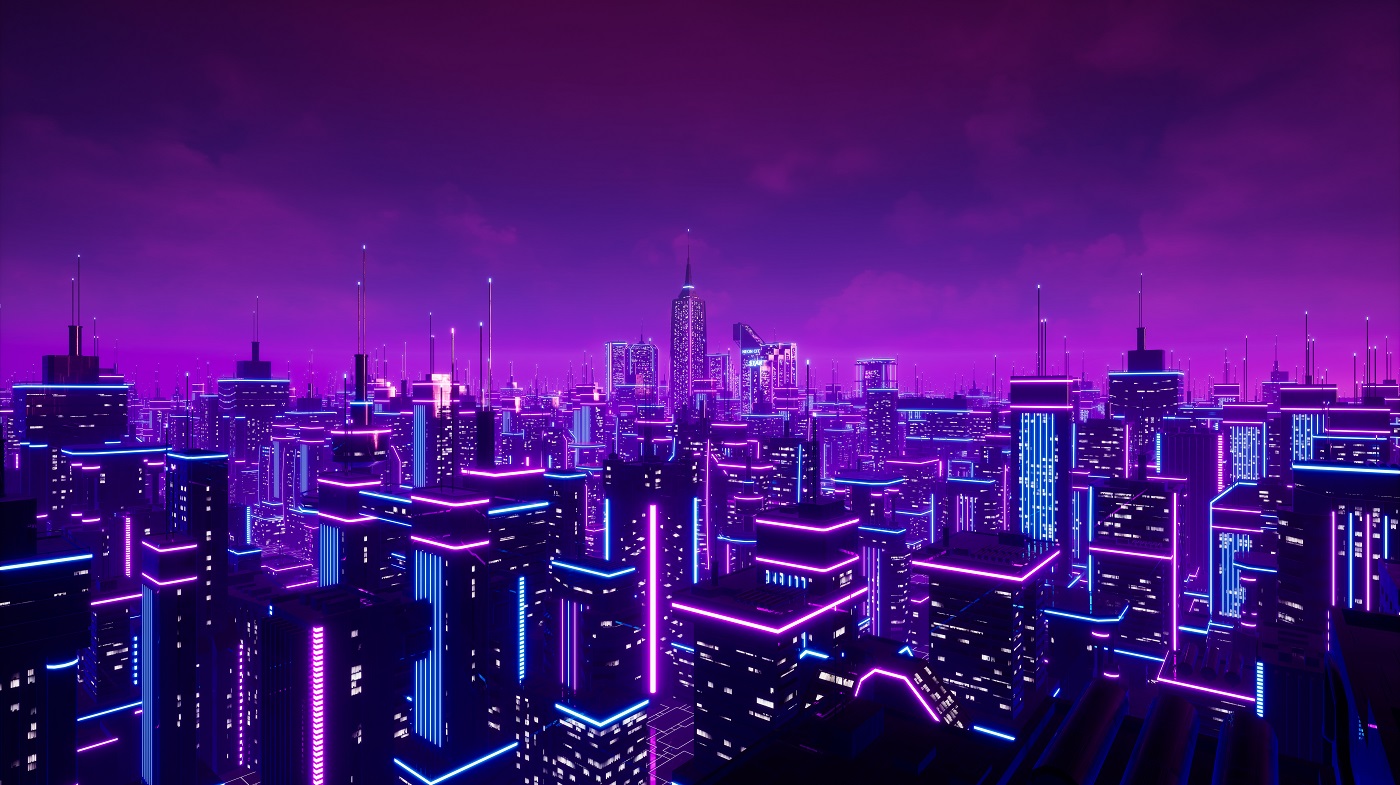
The internet made it possible for us to imagine living in another world. Since its creation, multiple novels, movies and video games have been released detailing living alternate realities in interconnected networks. In the 1984 book Neuromancer, the main character, a cyberspace cowboy, goes inside a matrix. This virtual world is explained as a consensual hallucination. The movie ‘The Matrix (1999)‘ depicted a majority of humans jacked into a virtual world, all living in an alternate reality.
These are what you would call metaverses. Meta is a prefix that means ‘beyond,’ and ‘verse’ comes from ‘universe,’ making the word Metaverse. So what would the Metaverse mean for the world, and what are its effects on cryptocurrency and NFTs?
What is the Metaverse?
A metaverse, to put it simply, is a space where humans can participate in a shared virtual universe. The term originated from the novel ‘Snow Crash’ by Neal Stephenson, where humans interact with each other as avatars in 3D space. Recently, the movie ‘Ready Player One (2018)‘ depicted people who can go inside a virtual world and become a 3D being, an avatar, inside it. Its players experienced things that they wouldn’t be able to do in the physical world, like performing extreme physical feats or driving technologically advanced vehicles.
So far, virtual worlds haven’t brought a dystopian apocalypse as depicted in popular books and movies. On the contrary, virtual worlds have made it possible for us to engage with communities of other people. Gamers would recognize these as being Massively Multiplayer Online (MMO) worlds like World of Warcraft. There, people chat with their friends and raid the dungeons to destroy powerful virtual monsters for loot. Their avatar is the warrior, sorcerer, thief, healer, or other beings with supernatural powers that make up a game character.
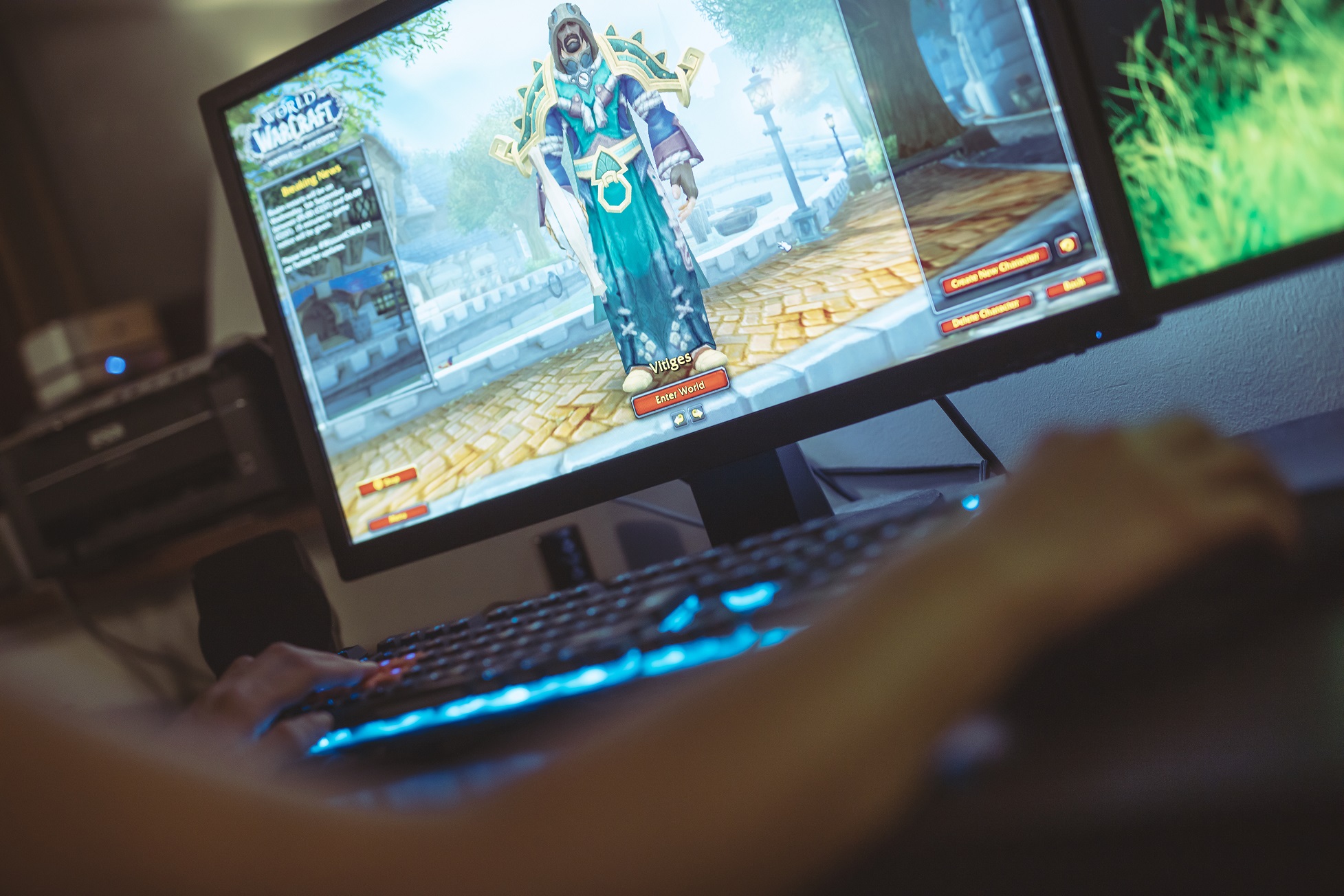
The Metaverse is the idea that there will be one single virtual reality with all sorts of worlds in it. They will engage in this shared virtual space, talk to each other, hang out, play games, watch movies, and even browse the web. It is supposed to be the new, more interactive internet. Instead of the flat, text-based World Wide Web that we’re surfing today, the Metaverse will have texture, dimension, and color. People will meet, watch shows, hang out, visit virtual museums, ride virtual parks, earn and spend virtual currency, and go to websites all within the same Metaverse.
The key desirable properties of the metaverse would include:
- Multi-user. A shared virtual space that enables interaction between multiple remote users.
- Ownership. Ability to buy, earn and trade digital assets or currency.
- Avatars. Players are represented by a pseudonymous digital avatar.
- Multi-purpose. Includes various activities, like playing games, listening to music, workspaces, etc.
- Spacial. Makes use of immersive augmented (AR) or virtual (VR) reality devices to deliver spatial experiences.
- Multiplatform. Can be accessed via a variety of platforms and devices.
- Decentralized. No single entity has control over the metaverse.
- Persistent. The metaverse runs its own course and can be stopped or reset.
- Boundless. There are no boundaries, and it might even merge with the physical world.
It has become increasingly likely that if this all-encompassing Metaverse were to come about, it would be powered by blockchain and non-fungible tokens (NFTs), which made it possible to have full ownership of a digital asset.
If a fully-fledged Metaverse, one that is a 3D, or a virtual reality internet, that you can plunge into at a moment’s notice, where websites are like floating spaces in another world, is about to emerge, then it must have some form of common ownership associated with it. With blockchain technology, you can own digital assets and verify their ownership cryptographically. It ensures, without a doubt, that the artwork, in-game items, digital tickets, and much more are truly yours and yours alone. The ownership of these assets is recorded on a decentralized peer-to-peer ledger that is not subject to a centralized authority like a government or a bank.
This is potentially massive. Not only will people surf the new internet with this technology. People will begin owning digital properties if NFT technology were to be implemented with the new internet. Not only will there be a three-dimensional texture, color, and immense interactivity. The Metaverse will also be a place where people earn and trade unique assets with a level of decentralized peer-to-peer ownership that wasn’t possible before.
What Are NFTs?
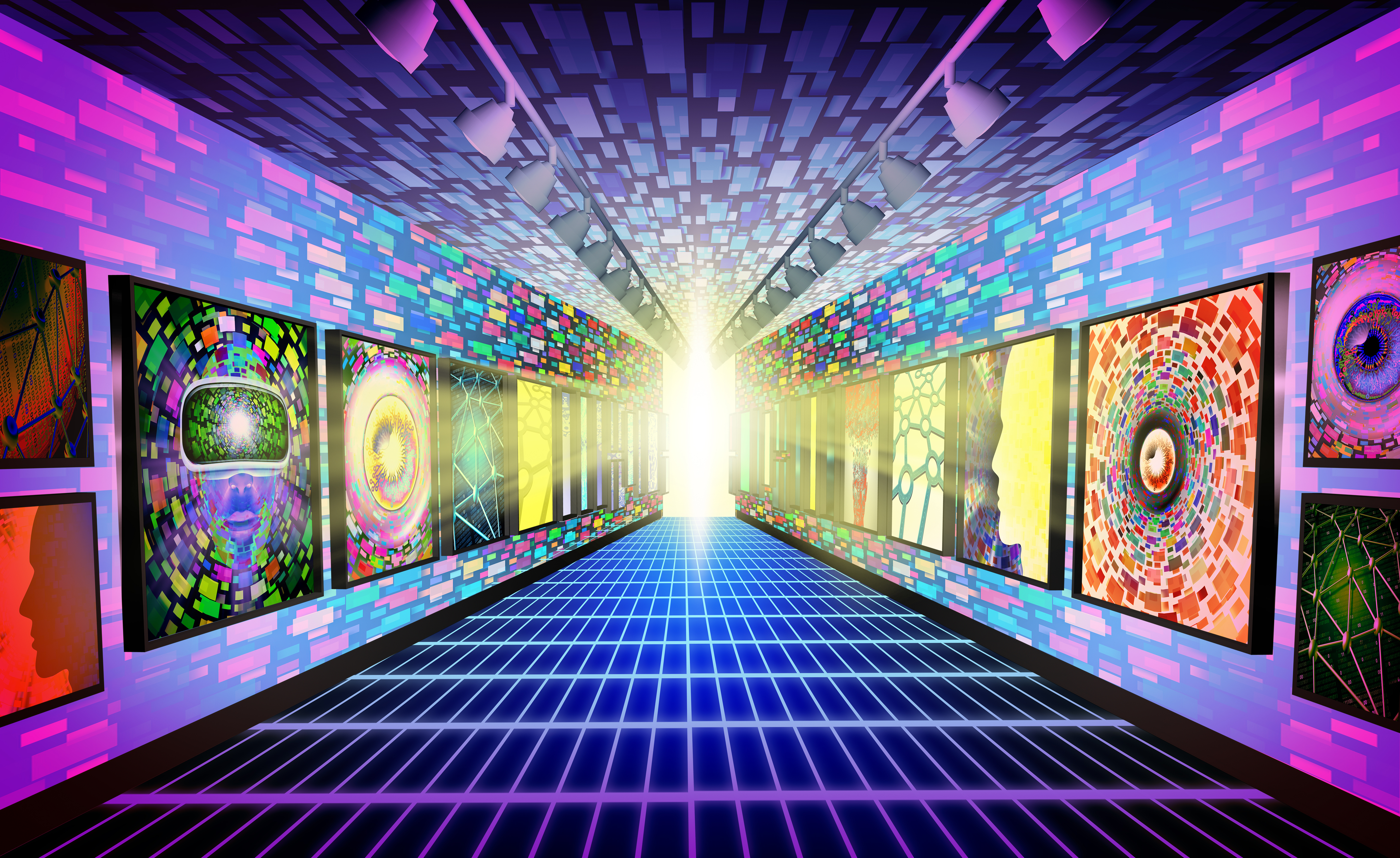
Fungibility is typically used to talk about assets that are indistinguishable and interchangeable. A clear example of fungible assets is currencies and cryptocurrencies. A dollar can be interchangeable with another dollar. Likewise, 1 bitcoin is interchangeable with 1 bitcoin. Both the dollar and a bitcoin can be split up into parts without changing their value. For example, a 20 dollar bill can be split up into four 5 dollar bills or one 5 dollar bill split up into five 1 dollar bills. At the same time, a single bitcoin split into 10 wallets with a balance of 0.1 BTC will have the same value as the original 1 BTC.
Non-fungible tokens are unique assets that are not interchangeable and distinguishable. Think of a cat, a Pokemon card, or a car. Each cat is a unique individual with its individual traits. You might not want to trade your cat for your neighbor’s cat, though they’re both Persian. The neighbor’s cat might not have the memories you both have shared. A rare Pikachu card might sell for USD 100,000 in one auction. A similar Pikachu card might sell for USD 50,000 at another auction because that specific card has a scratch on it. Likewise, if you cut up a Pikachu card into twenty pieces, it won’t have the same value as dividing a 20 dollar bill into four 5 dollar bills since it is non-fungible.
| Fungible | Non-fungible | |
| Interchangeable | Yes | No |
| Divisible | Yes | No |
| Unique value | No | Yes |
NFTs create this same uniqueness through cryptographic tokens that make a video, game monster, digital land, and anything else that anyone can come up with into a non-interchangeable and distinguishable asset.
Decentralized Metaverse Applications
As NFTs become more and more mainstream, the NFTs that are present in alternate universes will become increasingly more prevalent. An all-encompassing Metaverse, if it comes about, may have functionalities like the individual metaverses that are out today – like Decentraland, The Sandbox, or Upland. These metaverses are ones that you can jump into and begin buying and developing digital property.

Although not as extensive yet as a huge metaverse that everyone in the world can dive into, watch movie, go to websites, and explore cities in 3D internet, these decentralized applications lay the groundwork for what a future metaverse might look like.
Right now, in the NFT space, the prime example of a metaverse would be the VR world of Decentraland (MANA). Here, you have a license to buy and create on blockchain land as you see fit. You even control a humanoid avatar that you can travel the metaverse with.

With people already flipping land in a virtual reality world and making an income out of it, Decentraland has become the primary go-to for digital real estate. All the space in Decentraland can be bought, save plazas and roads. Through a quick search in the marketplace, you can find land that sells for thousands of dollars. One is being bid for 301,000 MANA, which, at the time of writing, is 381000 USD! This is worth more than some real-world plots of land.

How is this possible? For starters, the property you buy could be close to some locations that are enviable, like near an influencer’s land or near the land of a company with sentimental value, like Atari. They could also be a prime location to showcase your company to thousands of users, even creating virtual entertainment facilities like casinos, music venues, art galleries, and so on.
Decentraland isn’t the only one of its kind. Somnium Space also has similar functionalities. The main difference between the two is that Decentraland’s land plots are divided evenly into a grid while Somnium space is divided unevenly with differing plots of land. It comes packed with a builder as well, and you can go through the VR world as an avatar.
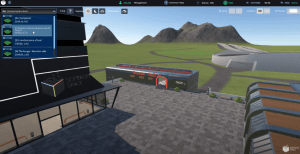
If you are more into the blocky aesthetic, or something akin to Minecraft, you can check out CryptoVoxels. There is a particular charm to the blocky aesthetic as if it awakens the inner child. Even an excited user proclaims Vistas of the new internet! Maybe the first main Metaverse will be built on blocks afterall.
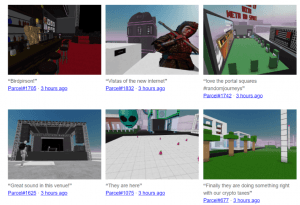
Upland is also quite an interesting project in the metaverse space. The world is a mirror world of our own, mapped to real-world addresses. So if you’ve ever wanted to own digital property in the same exact place where you live, or a place in the real world that holds value to you, then there is your chance.
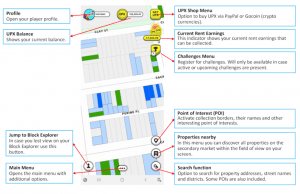
As you can see, metaverses are already teeming with life. Loads of creative people are coming together to buy land as well as create some outstanding digital architecture on the blockchain. Perhaps a world like ‘Ready Player One’, a fully realized and immersive metaverse, will be built on the foundations of the blockchain metaverses we see today.
